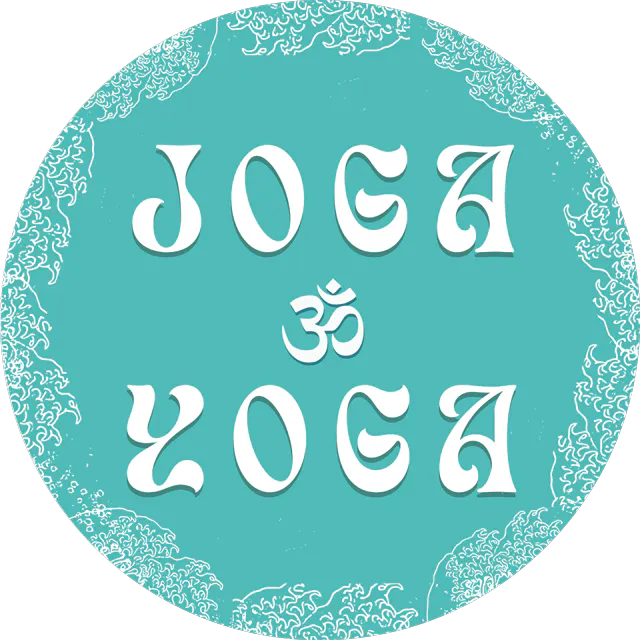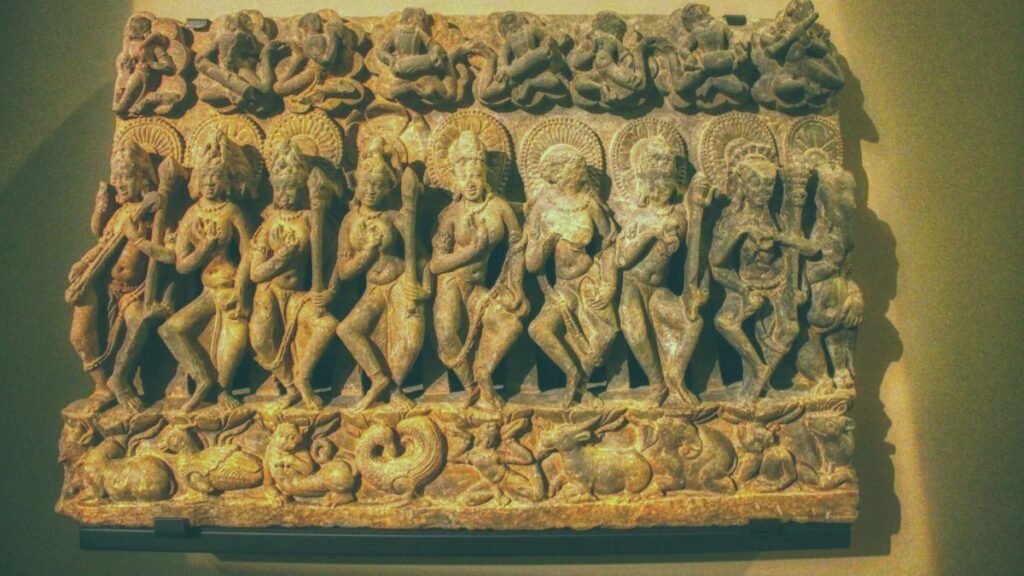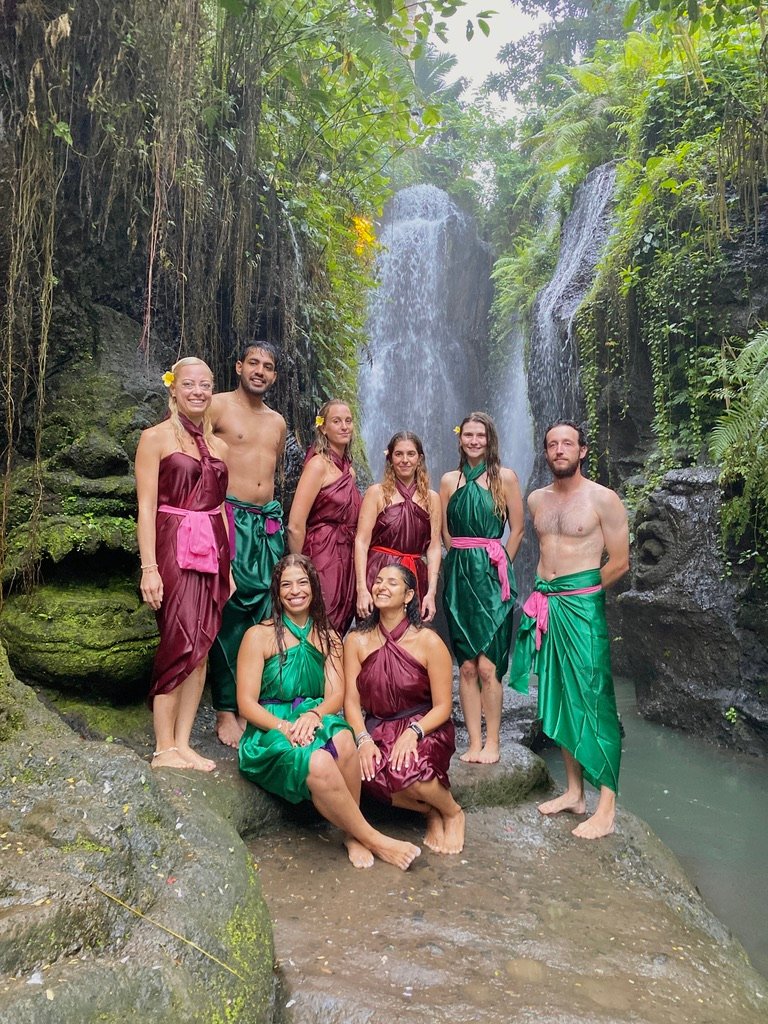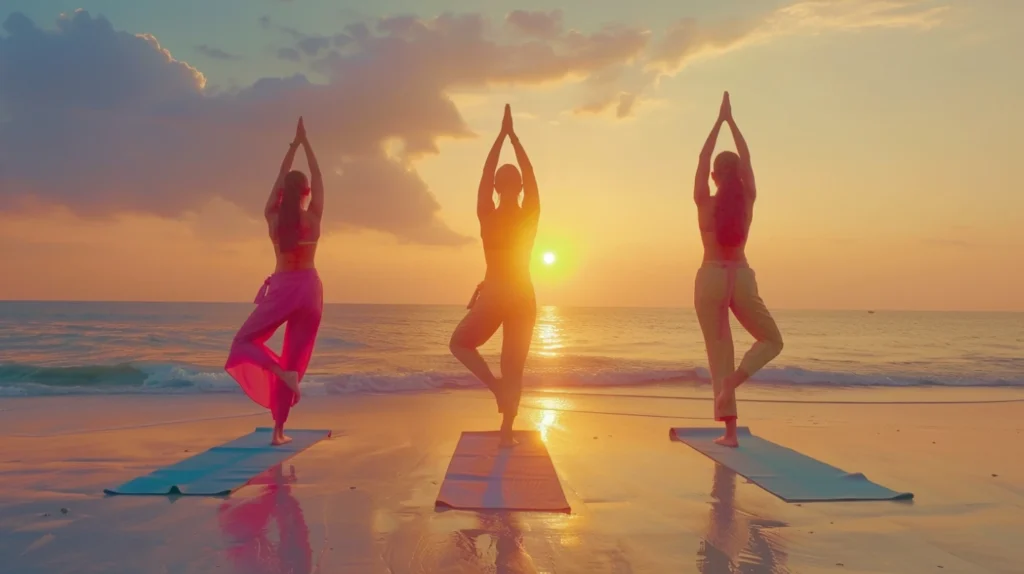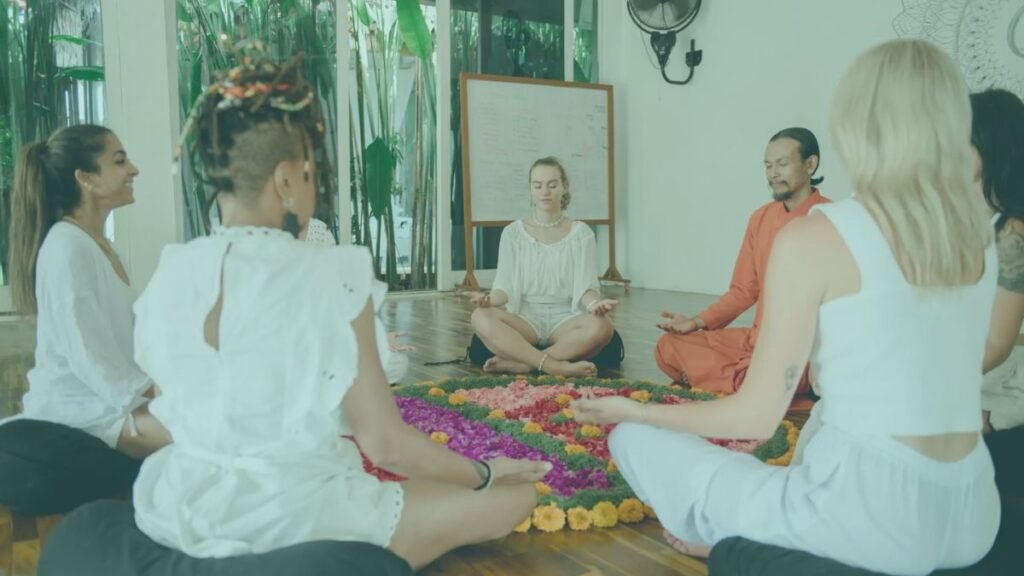Pranayama is more than breathwork—it’s a science-backed yoga tool for stress relief, mental focus, and physical energy. Here’s how to use it for real-world results.
What Is Pranayama—and Why Does It Matter?
Pranayama is the practice of conscious, controlled breathing that changes how your mind and body function—fast.
Forget the mysticism—pranayama is just breath control, but it’s powerful. You use specific techniques to hack your nervous system, calm stress, boost energy, or even prep for deep meditation. Yoga teachers at Joga Yoga use pranayama daily because it actually works for focus, recovery, and mental clarity.
- Controls anxiety and blood pressure
- Primes your brain for focus before class or work
- Key for anyone serious about yoga—not optional
Want a deeper dive? See the Yoga Meditation Techniques & Benefits guide for science-backed practices.
What’s the Real History Behind Pranayama?

Pranayama started in ancient India—first in the Vedas, then got formalized in Patanjali’s Yoga Sutras.
Breath control isn’t new or “woo.” It’s thousands of years old, but every generation tweaks it for their real-world problems.
- Vedas & Upanishads: Linked breath to life force (prana)
- Patanjali: Made pranayama a central yoga limb—part of the “eight limbs” of yoga
- Modern yoga: Adapted techniques for stress, performance, and therapy
Bottom line: Pranayama’s ancient roots give it credibility, but it survives because it works—ask anyone who’s ever tried it for anxiety or energy slumps.
What Are the Proven Benefits of Pranayama?
Pranayama isn’t just “breathing better”—it’s a real tool for anxiety, lung health, energy, and focus.
Science backs it: Studies show pranayama improves lung function, reduces blood pressure, and slashes anxiety levels【Jayawardena, Ranil et al. “Exploring the Therapeutic Benefits of Pranayama (Yogic Breathing): A Systematic Review.” International journal of yoga vol. 13,2 (2020)】. At Joga Yoga, it’s used for:
- Fast stress relief (activates the vagus nerve—see how yoga activates the vagus nerve)
- Increased oxygenation and better endurance for athletes
- Improved attention and mental clarity before work or meditation
- Supports heart health and immune function
No “woo,” no wild claims—just results, proven in the studio and research. Pranayama’s best benefit? It works for real people in the real world.
Which Types of Pranayama Should You Actually Use?
Skip the endless list—start with these three: Ujjayi, Kapalabhati, and Bhramari. Each one has a clear benefit.
- Ujjayi (“Victorious Breath”):
Slight throat constriction, sounds like ocean waves. Boosts focus and body heat. Core in vinyasa yoga and any flow practice. - Kapalabhati (“Breath of Fire”):
Short, sharp exhales; passive inhales. Cleanses, energizes, and wakes you up faster than coffee. - Bhramari (“Bee Breath”):
Humming exhale with ears closed. Rapid calm for anxiety, anger, or racing thoughts—great for evenings or panic.
For full details on each, see Types of Pranayama or ask your Joga Yoga teacher which is best for your needs.
How to Practice Pranayama Without Looking Silly

To practice pranayama safely (and not embarrass yourself), follow a simple process: quiet spot, straight spine, start slow, and listen to your body.
Steps:
- Sit comfortably with your spine tall—cross-legged or on a chair is fine.
- Close your eyes, relax your shoulders, and breathe naturally for a minute.
- Begin your chosen pranayama (Ujjayi, Kapalabhati, etc.) for 1–2 minutes.
- If you feel dizzy or strained, stop and return to normal breathing.
Never force your breath. Skip the theatrical arm waving and heavy nose blowing you see on YouTube. Quality, not drama, gets results. For visuals, check Joga Yoga’s Beginner Yoga tips.
Beginner Pranayama: Where Should You Start?
Start with diaphragmatic breathing and basic Ujjayi—skip advanced techniques until your body adapts.
Beginner sequence (5–10 minutes):
- Diaphragmatic Breathing:
Hand on your belly, inhale through the nose so your belly rises. Exhale slowly. Repeat for 2–3 minutes. - Ujjayi Breath:
Slightly constrict your throat, breathing in and out through your nose—aim for a gentle “ocean” sound. - Breath Awareness:
Simply observe your natural breath, eyes closed, for a few minutes. Builds mindfulness and preps you for deeper practice.
Stick with this daily before moving to anything advanced. For guided practice, join a class at Joga Yoga.
Advanced Pranayama: What’s Worth Your Time?
Advanced pranayama is only for experienced practitioners—think breath retention (Kumbhaka) and alternate nostril breathing (Nadi Shodhana). Don’t try these without guidance.
- Kumbhaka (Breath Retention): Inhale deeply, hold for a few seconds, then exhale slowly. Increases lung capacity and mental control—but go slow and never force breath holds.
- Nadi Shodhana (Alternate Nostril): Breathe in one nostril, out the other, switching sides. Balances your nervous system and clears mental fog.
Pro tip: Always learn advanced pranayama from a certified yoga teacher (find one here). Doing it wrong can make you dizzy, anxious, or worse.

What Does Pranayama Do for Stress, Focus, or Energy?
Pranayama is a shortcut to lower stress, better focus, and more energy—if you use the right technique for the right goal.
- For stress: Bhramari and Nadi Shodhana are proven to calm your nervous system. Use before bed or after a tough day.
- For focus: Ujjayi and simple breath counting sharpen mental clarity. Perfect before meetings or meditation.
- For energy: Kapalabhati and Bhastrika (bellows breath) rev your system—skip the coffee, use these to wake up.
Results show up fast—sometimes in minutes. For science, see how yoga calms the vagus nerve.
How Is Pranayama Used in Modern Yoga Classes?
In real yoga classes, pranayama is how you start, reset, or close a session—think of it as the warm-up and cool-down for your nervous system.
At Joga Yoga, teachers often open with simple breathwork (like Ujjayi or Nadi Shodhana) to get everyone focused and relaxed. In dynamic classes (like Vinyasa), pranayama keeps your energy and breathing steady.
- Beginners: Usually start with breath awareness or Ujjayi
- All-levels: Bhramari or alternate nostril for stress relief
- Advanced: Kapalabhati, Kumbhaka, or deep cycles for energy or deep focus
Bottom line: Pranayama is not “optional” if you want the full mental and physical benefits of yoga.
FAQs About Pranayama: The Brutally Honest Answers
What is Pranayama, and why is it important?
Pranayama means controlled breathing. It matters because it can immediately improve stress, energy, and focus—backed by both tradition and science.
How often should I practice Pranayama?
Aim for daily practice, even if just 5 minutes. Consistency matters more than duration. Build up slowly as your comfort grows.
Can Pranayama help with anxiety and stress?
Yes—especially techniques like Bhramari (bee breath) and Nadi Shodhana (alternate nostril). They switch your body from “fight or flight” to “rest and digest.”
Are there any precautions or contraindications for practicing Pranayama?
If you have heart problems, high blood pressure, or breathing disorders, talk to a doctor first. Don’t push through dizziness or discomfort.
Never force breath retention or extreme techniques alone.
How can beginners get started with Pranayama?
Start with diaphragmatic breathing and gentle Ujjayi. Take a beginner-friendly class (see schedule) or follow simple video guides—skip the “advanced hacks” until you have a solid base.
